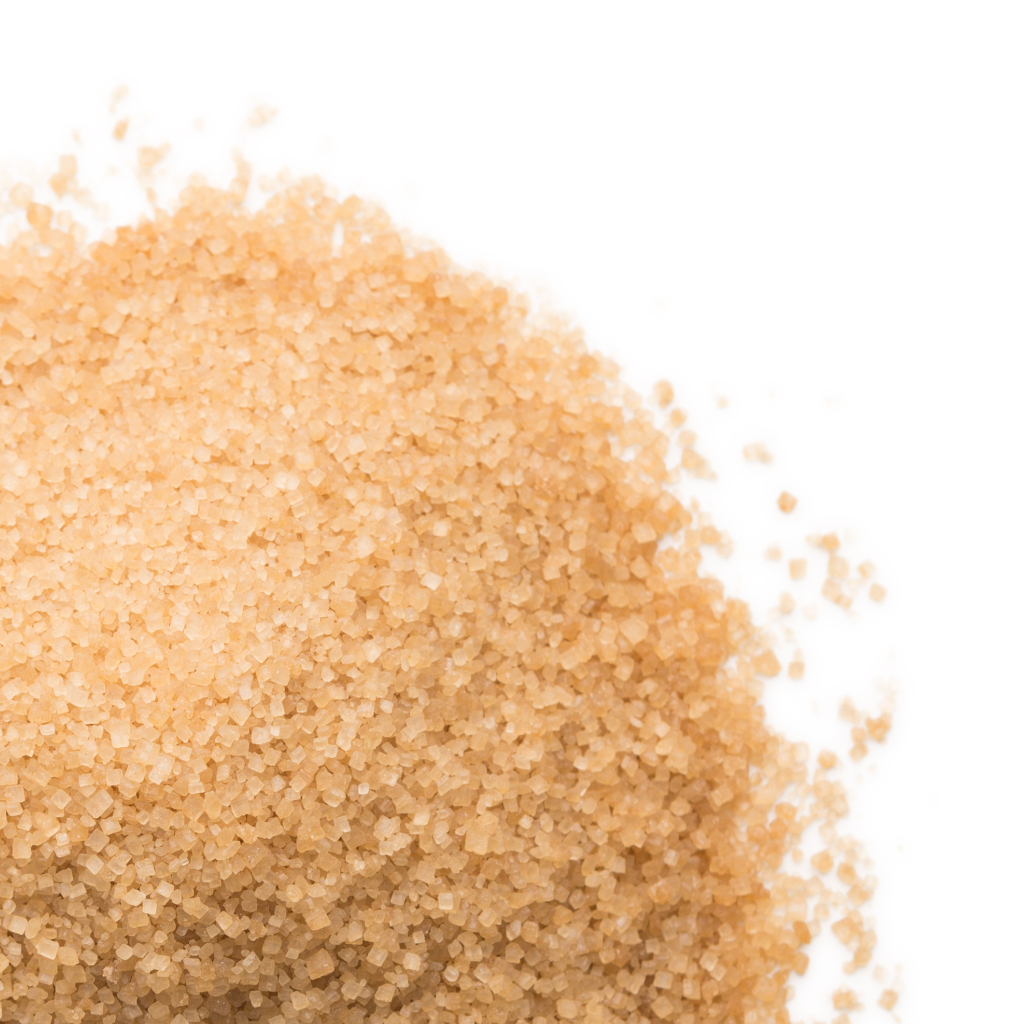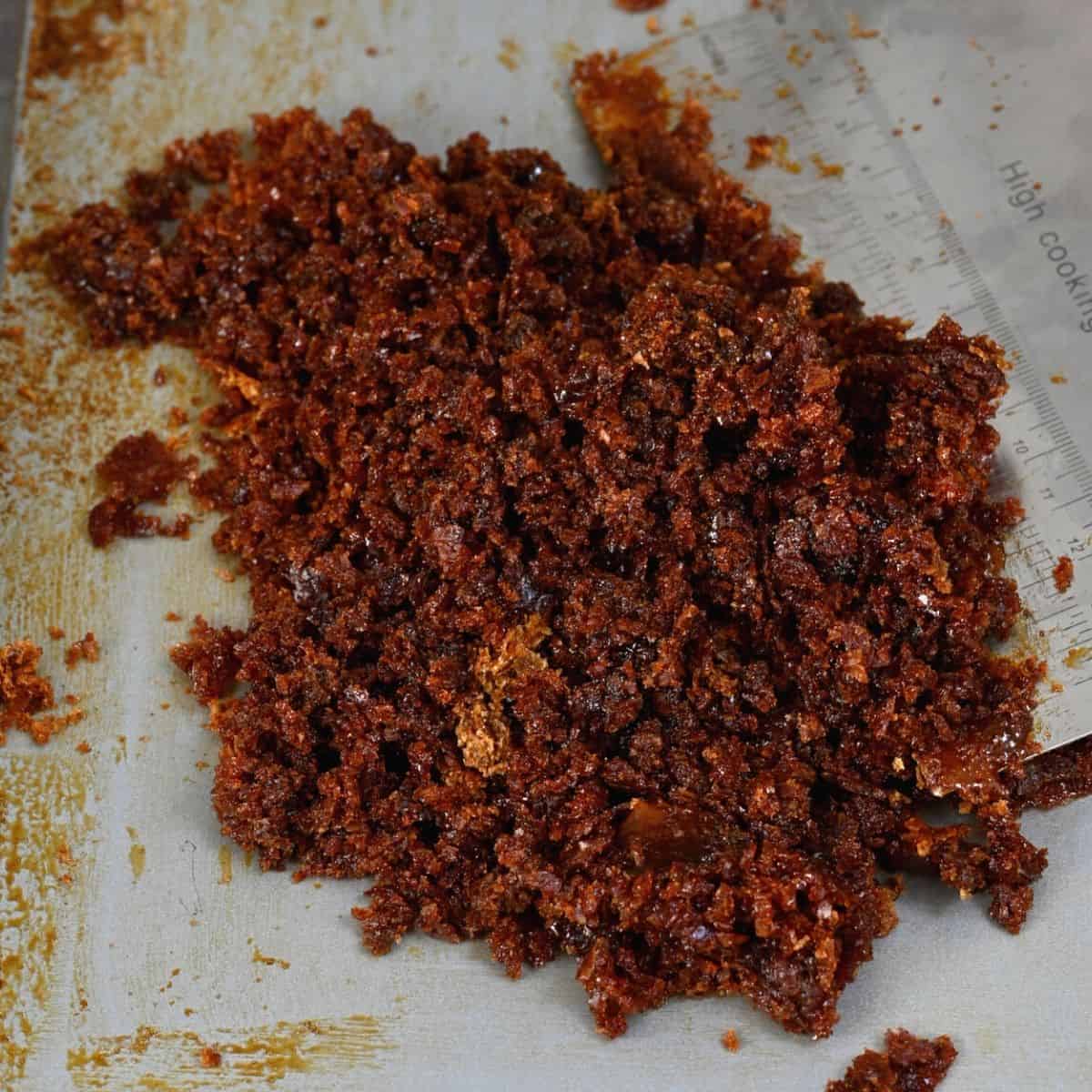An Extensive Guide to the Ecological Influence and Sustainability Practices in Walking Cane Sugar Processing
The environmental influence of walking stick sugar processing presents an intricate variety of difficulties that warrant careful exam. From dirt destruction and excessive water use to the carbon footprint associated with farming and production, the consequences of typical methods are far-reaching. What specific practices can be executed to strike an equilibrium in between efficiency and environmental stewardship?
Review of Walking Stick Sugar Processing
Walking stick sugar processing entails a series of organized steps that change sugarcane into polished sugar. Initially, collected sugarcane is delivered to refining facilities, where it undertakes cleaning up to get rid of soil and particles. Following this, the cane is squashed to extract juice, which is then made clear by eliminating impurities with home heating and the addition of lime.
The clarified juice goes through dissipation, where water is gotten rid of to concentrate the sugar content. These crystals are separated from the staying syrup making use of centrifugation, resulting in raw sugar.
The end product is then dried and packaged for distribution. Throughout this entire procedure, keeping performance and quality assurance is important to make certain the sugar meets industry standards. Each action in cane sugar processing not only contributes to the end product yet additionally has effects for source usage and waste generation, establishing the phase for conversations on sustainability and ecological effects related to sugar manufacturing.
Ecological Difficulties of Manufacturing
The production of walking stick sugar provides a number of significant environmental challenges that warrant attention. One primary issue is the substantial use agrochemicals, including fertilizers and chemicals, which can cause soil degradation, biodiversity loss, and contamination of local water resources. The drainage from sugarcane areas commonly brings these chemicals into nearby ecosystems, disrupting marine life and impacting the health and wellness of neighborhoods reliant on these water bodies.
Another obstacle is the high power usage associated with sugarcane handling. The boiling and refining phases require significant warm, mostly produced by burning nonrenewable fuel sources, adding to greenhouse gas emissions. In addition, the expansive land location needed for sugarcane cultivation can bring about logging and habitat devastation, additional intensifying environment modification and threatening wild animals.
Moreover, the labor techniques in some regions elevate honest concerns, as employees may encounter bad working problems and insufficient wages. This circumstance frequently continues a cycle of poverty in neighborhood communities. Cane Sugar Processing. Resolving these environmental obstacles is important for creating much more lasting practices in walking cane sugar production, inevitably benefiting both the atmosphere and the areas involved in this sector
Water and Land Usage Effect
Water sources and land utilization are essential components in the walking stick sugar industry that dramatically impact the atmosphere. The farming of sugarcane calls for substantial water input, with quotes recommending that it can eat up to 2,000 liters of water per kg of sugar produced. This intensive use water usually results in exhaustion of neighborhood water sources, affecting not only the sugarcane ranches however additionally surrounding environments and areas that depend on the same water sources for agriculture and domestic use.

In addition, land use for sugarcane farming can cause logging and the conversion of all-natural environments into monoculture vineyards. This practice diminishes biodiversity, interferes with local ecological communities, and contributes to dirt degradation. The growth of sugarcane fields often intrudes on valuable agricultural land, creating competitors for sources in between food and biofuel production.
Lasting techniques, such as optimizing irrigation strategies and executing plant turning, are vital to look at more info reduce these influences. By taking on much more effective water use and land monitoring techniques, the walking stick sugar sector can lower its ecological footprint, making sure an equilibrium between agricultural efficiency and environmental conservation.
Greenhouse Gas Emissions
Greenhouse gas exhausts stand for a significant environmental issue within the walking stick sugar handling sector, specifically as agricultural practices expand to meet worldwide demand. The growing of sugarcane, a crop that thrives in tropical climates, depends heavily on synthetic fertilizers and pesticides, which contribute to nitrous oxide emissions. Additionally, land-use changes, including deforestation for new sugarcane plantations, release co2 saved in vegetation and dirt.
During processing, power intake is one more major resource of greenhouse gas exhausts - Cane Sugar Processing. Numerous sugar mills make use of fossil fuels to power equipment and produce warm, resulting in substantial carbon footprints. Furthermore, the transport of raw sugarcane and completed products includes layers of discharges through gas burning in vehicles
The cumulative result of these exhausts worsens climate modification, positioning threats not only to the environment however additionally to the lasting feasibility of the market. Stakeholders should identify the urgent demand for detailed strategies that resolve these emissions. This entails examining existing agricultural techniques, processing approaches, and transportation systems to determine locations for enhancement and reduction. Addressing greenhouse gas emissions is essential for cultivating a more lasting cane sugar market in a transforming climate.

Sustainable Practices and Innovations
Lasting methods and developments are significantly crucial in the cane sugar handling market as stakeholders look for to minimize environmental effects while preserving productivity. One considerable development is the execution of integrated plant management, which maximizes resource usage by combining dirt management, bug control, and plant rotation strategies. This method boosts yield while minimizing chemical inputs and preserving dirt wellness.
Furthermore, the fostering of renewable resource resources, such as biomass from sugarcane residues, has actually gained traction - Cane Sugar Processing. By transforming waste items into power, refining facilities can minimize their dependence on fossil fuels, consequently decreasing greenhouse gas emissions
Water administration techniques have also seen enhancements via the recycling and reusing of water in processing plants, dramatically decreasing freshwater usage. Technologies in technology, such as precision agriculture, allow farmers to check crop health and resource usage better, ensuring sustainable growing methods.
In addition, qualification programs like Fair Trade and Rainforest Alliance encourage environmentally accountable farming methods and advertise social equity within the supply chain. By accepting these lasting methods and published here advancements, the walking cane sugar handling sector can boost its strength and add favorably to ecological stewardship.
Verdict
The ecological effect of walking stick sugar processing provides considerable challenges, including soil destruction, high water intake, and greenhouse gas exhausts, alongside moral issues related to labor practices. Addressing these issues through lasting techniques, such as incorporated crop management, renewable resource fostering, and water recycling, is crucial. By advertising socially equitable and ecologically accountable methods in sugar manufacturing, the market can mitigate its damaging effects, making certain an extra lasting future for both ecosystems and neighborhoods involved in this field.
Walking stick sugar processing entails a series of organized moved here steps that transform sugarcane right into refined sugar. Each action in walking cane sugar handling not only adds to the final item but additionally has ramifications for source use and waste generation, establishing the stage for conversations on sustainability and environmental influences associated with sugar manufacturing.
Greenhouse gas discharges represent a substantial environmental worry within the cane sugar handling industry, especially as farming methods increase to meet international demand.Sustainable techniques and developments are significantly essential in the walking stick sugar handling industry as stakeholders seek to minimize environmental effects while keeping productivity.The environmental influence of cane sugar processing provides significant challenges, consisting of dirt degradation, high water intake, and greenhouse gas emissions, together with moral concerns associated to labor techniques.